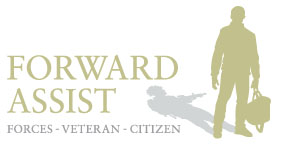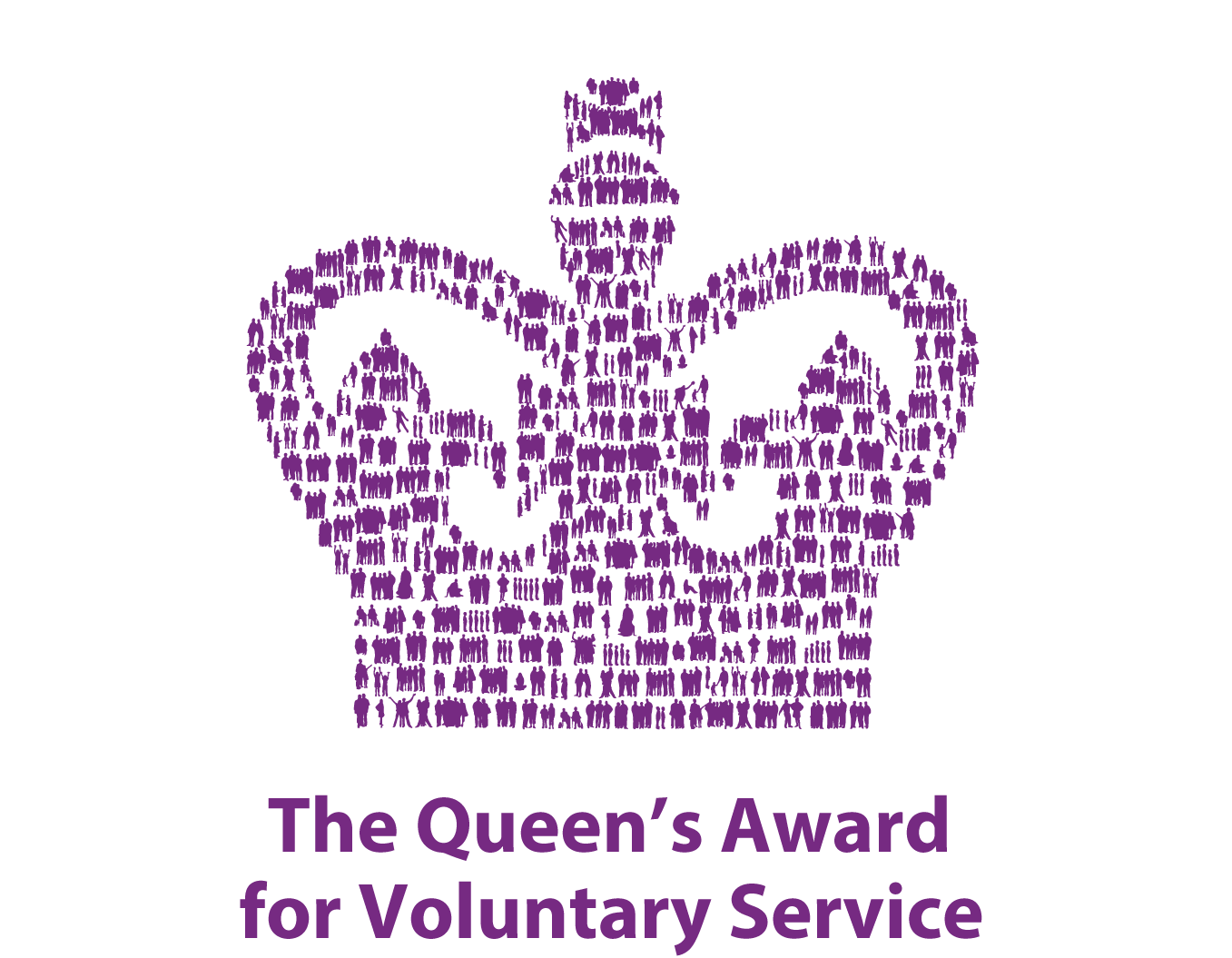Be Careful Out There Its…Toxic
/In my experience as the founder of two registered charities designed specifically for disaffected marginalised veterans with multiple and complex needs, there is sadly, a deep seated reluctance and resistance for the larger more established Armed Forces Benevolent Charities and statutory organisations to accept, engage or indeed financially support 'grass roots' innovative organisations and interventions that address the needs of veterans holistically, practically and conscientiously. (The Armed Forces Covenant Fund Does…. but it won’t last forever… so get it while you can.) The reluctance of wealthy service charities to share the donations has been a source of great disappointment to me and others trying to address unmet need with honourable intentions. The reason that we have an increase in the numbers of’ veteran centric’ support groups , not for profits and charities registering with the Charity Commission is quite simply because of unmet need. The big service charities are just not cutting it and do not have their finger on the metaphorical veteran pulse.
Help for Heroes is a perfect example of how a gap in service provision was met by a new organisation with a fresh approach to dealing with a problem that was inadequately addressed for years. In the 70’s-90’s the best a veteran with a spinal injury could get was a referral to Stoke Mandeville Hospital, whom at that time were leading the world in this specialism. However, the reality is a lack of war will mean veterans slip out of the public consciousness and the recent C-19 pandemic has once and for all, disabused the world that only veterans get PTSD and Moral Injury. In the absence of veterans with visible disabilities the main service charities are now focussing on veterans with hidden wounds. Poor mental health and all its comorbidities are driving significant change and what was ignored for years is now big business. The fact of the matter is …its getting competitive out there and NHS waiting lists are getting longer. It may be that the best you can get in the interim is ‘tea & sympathy’ and even that’s better than nothing, and may keep some veterans alive until professional help becomes available. Notwithstanding, the recent introduction of the UK Department for Veterans Affairs, which was recently and somewhat unfairly described as a ‘self licking lollipop’ by one MP, has yet to find its raison d'etre and with a much predicted 40% cut in funding and the exit of Johnny Mercer MP, its unlikely it ever will. Spoiler Alert …that’s bad news!
As I have mentioned on numerous occasions the tab for the ex service community has always been picked up by the British Public via its financial support of a few charitable organisations that cannot possibly meet the complexity of issues and needs presented by returning veterans . The concept of the Armed Forces Covenant is great but one which according to the Armed Forces Bill means LA’s need only pay ‘due regard to’ the presenting needs of veterans. So what does ‘Due Regard’ really mean:
“To 'have due regard' means that in making decisions and in its other day-to-day activities a body subject to the duty must consciously consider the need to do the things set out in the general equality duty: eliminate discrimination, advance equality of opportunity and foster good relations.”
So now we are in the ‘deserving v’s the none deserving’ arena and the difficulties faced by thousands of veterans following military service will be ignored as it is not a statutory duty to support veterans. Other than grassroots organisations, which I hasten to add do not have a collective voice, none of the big service charities have a proven track record of representing and/or understanding the needs of marginalised veterans. This agenda should not be driven by politics but moral responsibility. My worry is that the lack of qualitative and ethnographic research into the issues facing Armed Forces Veterans on return to the civilian community, and much of which doesn’t reflect well on the MOD’s Duty of Care or institutional reputation, will inevitably lead to those in power inventing a new reality to avoid taking responsibility for those ill prepared for civilian life. As we have already seen, the suits at MOD have inferred the problems many veterans have are due to issues they had before they joined.
The traditional and established Armed forces organisations are having great difficulty coming to terms with the fact they are in fact an anachronism. In the same way veterans need to re-invent themselves when they return to civilian life so do the big service charities and in the absence of any decent research in the sector the real experts just need funding to change the landscape. The guinea pigs are wearing the white coats at the moment and are driven by compassion and a desire to meet the needs of veterans, rather than to guarantee their own corporate survival or public image. Times have moved on and we are in many ways in unchartered waters, in order to work effectively we need to collaborate and work together, statutory, voluntary, private business, large and small community group or social enterprise. Everyone has a role to play to address this issue. The answer is not going to come from the top so a model that allows the wealthy service charities to share their reserves rather than hold onto them is preferable to the current system which deliberately stops organisational development on the ground. Not giving the majority a voice so they can participate in this agenda is neither helpful or productive. At the moment its all a bit of a ‘‘Cluster F#*K.”
Hey Ho… only 34 weeks until Christmas!
Tony Wright CEO






